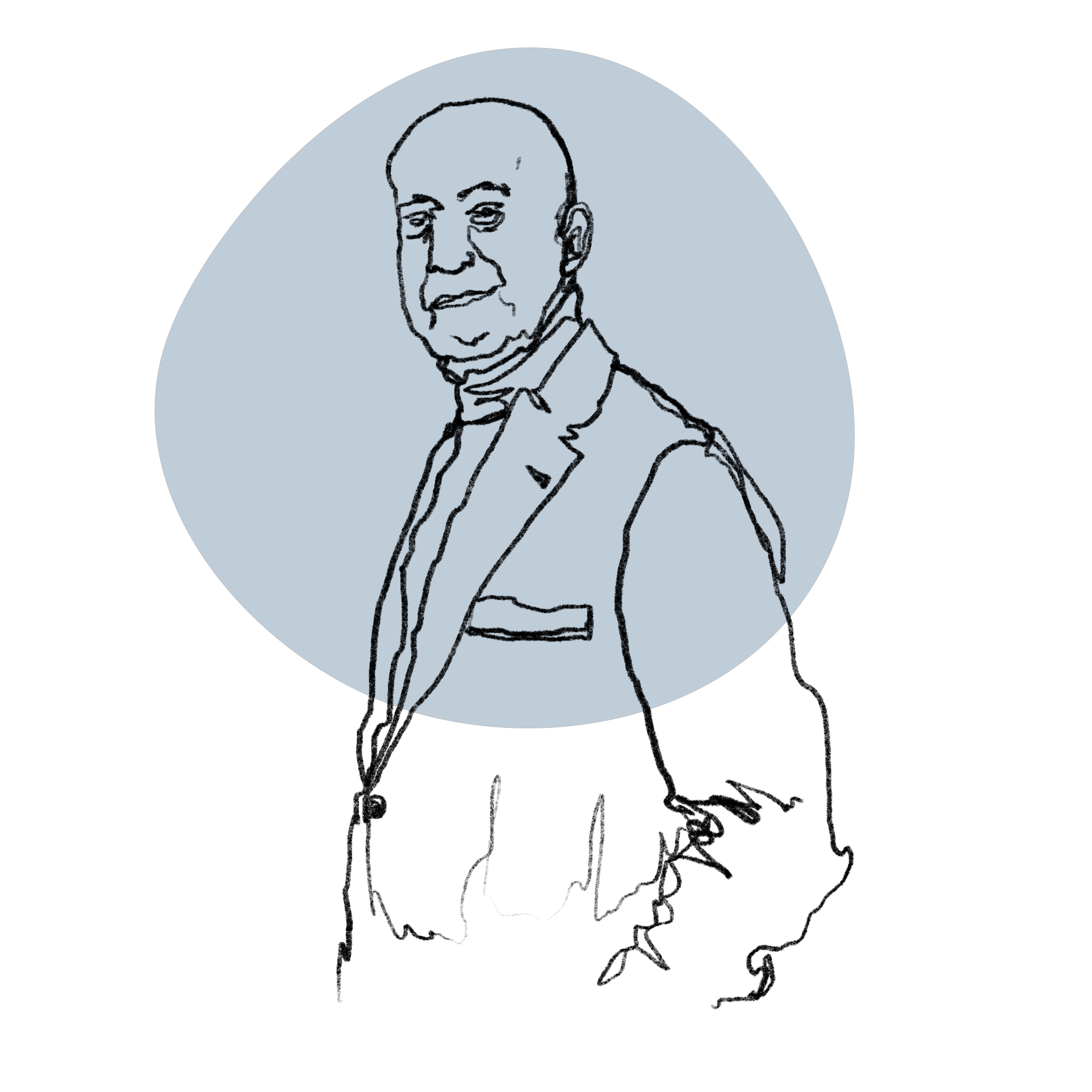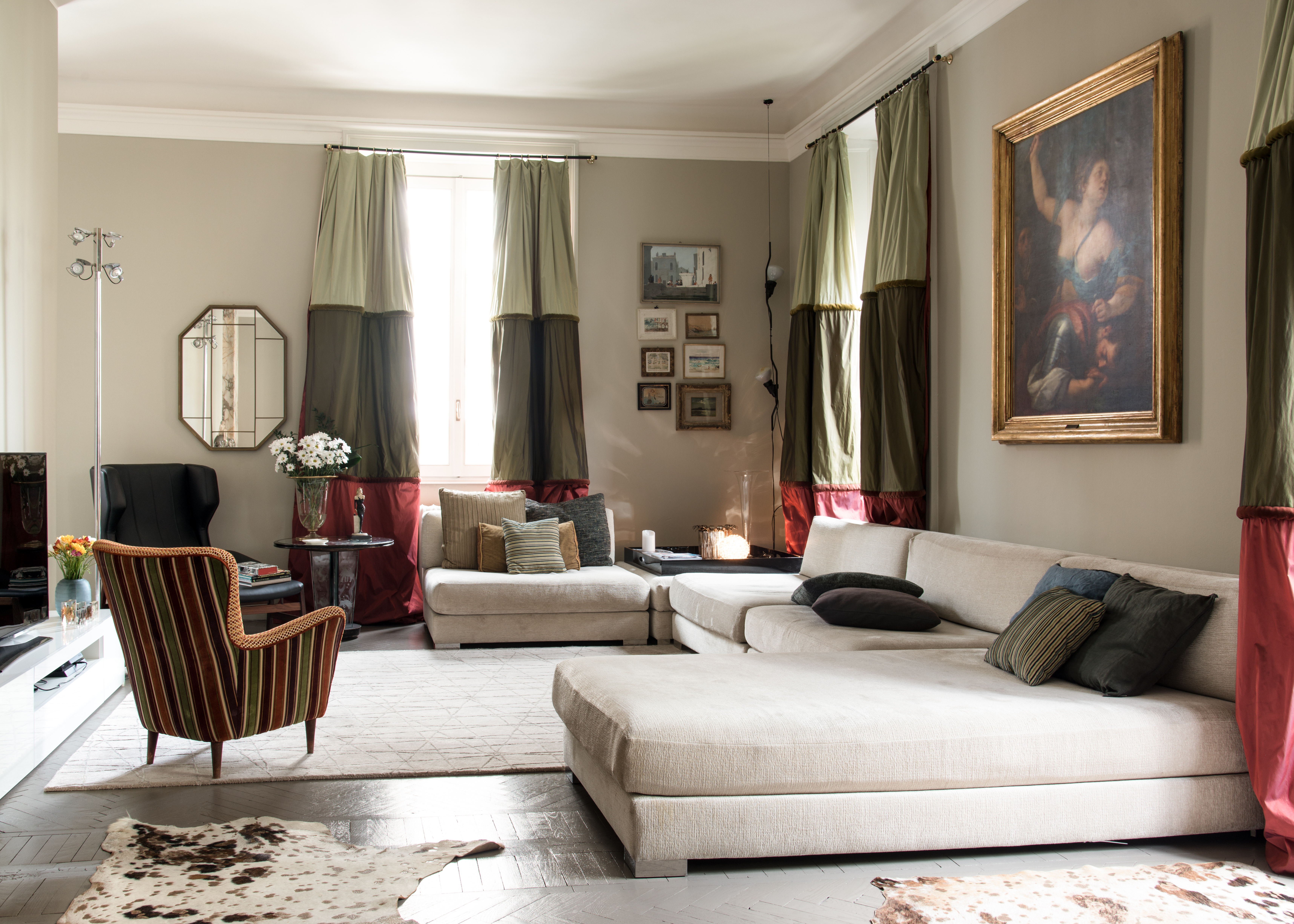The arrival of the vaccines at the beginning of the year brought a wave of positivity to many economic fields, including art and antiques. With a touch of skyness, collectors, amateurs and art enthusiasts have finally returned to summer fairs and auctions, finding themselves in front of less crowded, less traditional, and more unpredictable events. It is, therefore, worth asking ourselves what has changed in this last year and what will remain of this small revolution.
While the market took a big hit in 2020 with a drop in global art and antiques sales of 22% compared to 2019 (data from The Art Basel and UBS Global Art Market Report 2020), the same period saw a spike in online sales of art and antiques that reached a record $12.4 billion, corresponding to 25% of the market value.
These figures have prompted the big players, such as art fairs and auction houses, to revise their approach and seek sales formats more suitable for the global situation and aimed at an increasingly dynamic pool of collectors. The second half of 2020 was used as a testing ground for more or less successful online fairs, private viewings, and digital events, while the first half of 2021 offered the opportunity to stage sales in person or in a hybrid format.
Today, for example, one can participate in the London Art Week either by visiting galleries and their high-end displays in person or virtually or by doing art hopping between the works under the guidance of exceptional personalities who may not have much to do with the fair. This is the case of the digital path Revolution and Renewal - which is also the title of the in person exhibition at Cromwell Place curated by Arturo Galansino, director of the Fondazione Palazzo Strozzi in Florence - where you can immerse yourself in the works proposed by antique dealers and collectors through the selection of an expert in the field.
On the demand side, the year also saw major changes, with steady growth in millennial buyers and the consequent introduction of unusual and surprising goods onto the market. From limited series of clothing belonging to music and sports stars, to digital works and the most unexpected curiosities - see for example the introduction in the fall 2020 contemporary art auction at Christie's New York of an almost complete skeleton of a Tyrannosaurus Rex, which reached a price of $31.8 million, in October, breaking the record for the highest price paid for dinosaur fossils.
The heterogeneity of the artifacts presented on the market seems to be one of the trends destined to remain, with a particular increase in works produced in a sustainable manner, by female artists or by minorities that have been neglected for too long. Another element we are betting on is the increase in transparency on the part of online platforms, a prerogative required by both sellers and buyers that will make the difference for those who want to win a respected role in the new art market.






.png)






